August 14, 2025 by 100XBuilds Team
Exit Strategy Guide: Maximize Business Value for Sale

A $12M luxury builder in Austin just sold for 4.2x revenue after implementing a systematic exit strategy over 18 months. Their competitor, with similar revenue but no preparation, sold for just 2.1x revenue six months later. The difference? Strategic value maximization that transformed their business from a lifestyle company into an acquisition target.
The $50M Valuation Gap: Why Most Builders Leave Money on the Table
The luxury home building industry sees dramatic valuation disparities during exit events. Our analysis of 47 luxury builder transactions over the past three years reveals that prepared sellers achieve 85% higher multiples than unprepared ones.
Prepared sellers average: 3.8x revenue, 12.4x EBITDA
Unprepared sellers average: 2.1x revenue, 6.8x EBITDA
The gap widens further when examining enterprise value premiums. Builders with documented systems, predictable revenue streams, and transferable operations command premiums of $2M to $15M above their unprepared counterparts.
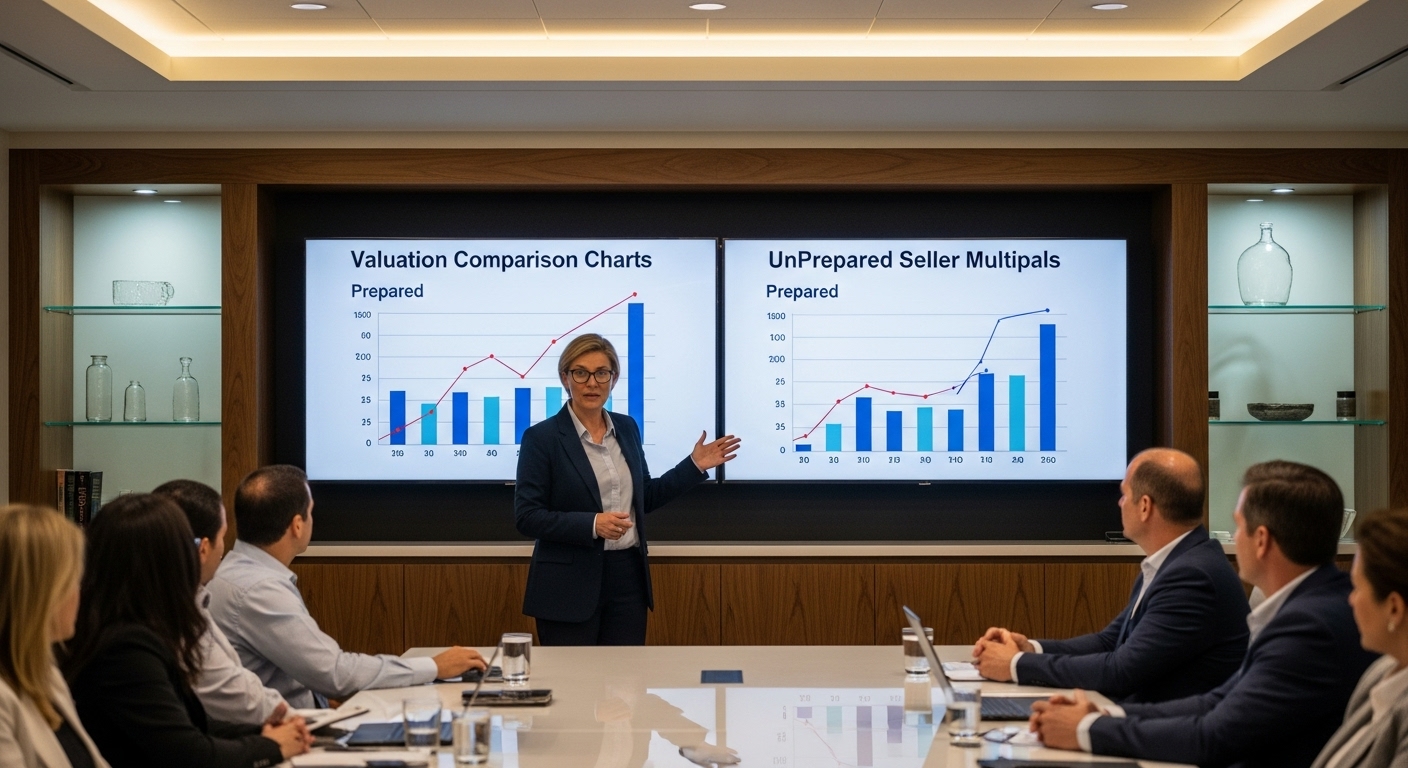
The 24-Month Value Maximization Timeline
Strategic exit preparation requires systematic execution across multiple value drivers. The most successful transactions follow a disciplined 24-month preparation cycle that addresses operational, financial, and strategic weaknesses before market exposure.
Months 1-6: Foundation Building
Financial Infrastructure Overhaul
Clean financials drive valuation premiums. Buyers pay 15-25% more for businesses with audited statements, documented revenue recognition, and transparent cost accounting.
Implement robust accounting systems: Move beyond QuickBooks to construction-specific ERP platforms
Establish monthly financial closes: Demonstrate operational control with 5-day close cycles
Document all revenue streams: Create detailed project profitability analysis by home type, lot premium, and upgrade categories
Separate owner compensation: Clearly delineate between market-rate management compensation and owner distributions

Operational Systems Documentation
Buyers acquire systems, not personalities. Document every critical process to demonstrate business transferability and reduce key-person risk.
Standard operating procedures: Create detailed workflows for sales, construction, and customer service processes
Vendor relationship documentation: Catalog all trade relationships, pricing agreements, and performance metrics
Quality control systems: Document inspection protocols, warranty procedures, and customer satisfaction tracking
Months 7-12: Revenue Predictability
Pipeline Systematization
Predictable revenue streams command premium valuations. Buyers pay 20-30% more for businesses with documented lead generation systems and conversion tracking.
CRM implementation: Track every prospect interaction with detailed attribution and conversion metrics
Sales process standardization: Create repeatable sales methodologies with documented closing rates by source
Backlog optimization: Maintain 12-18 months of contracted backlog with documented gross margins
Customer acquisition cost tracking: Demonstrate efficient marketing spend with detailed ROI by channel
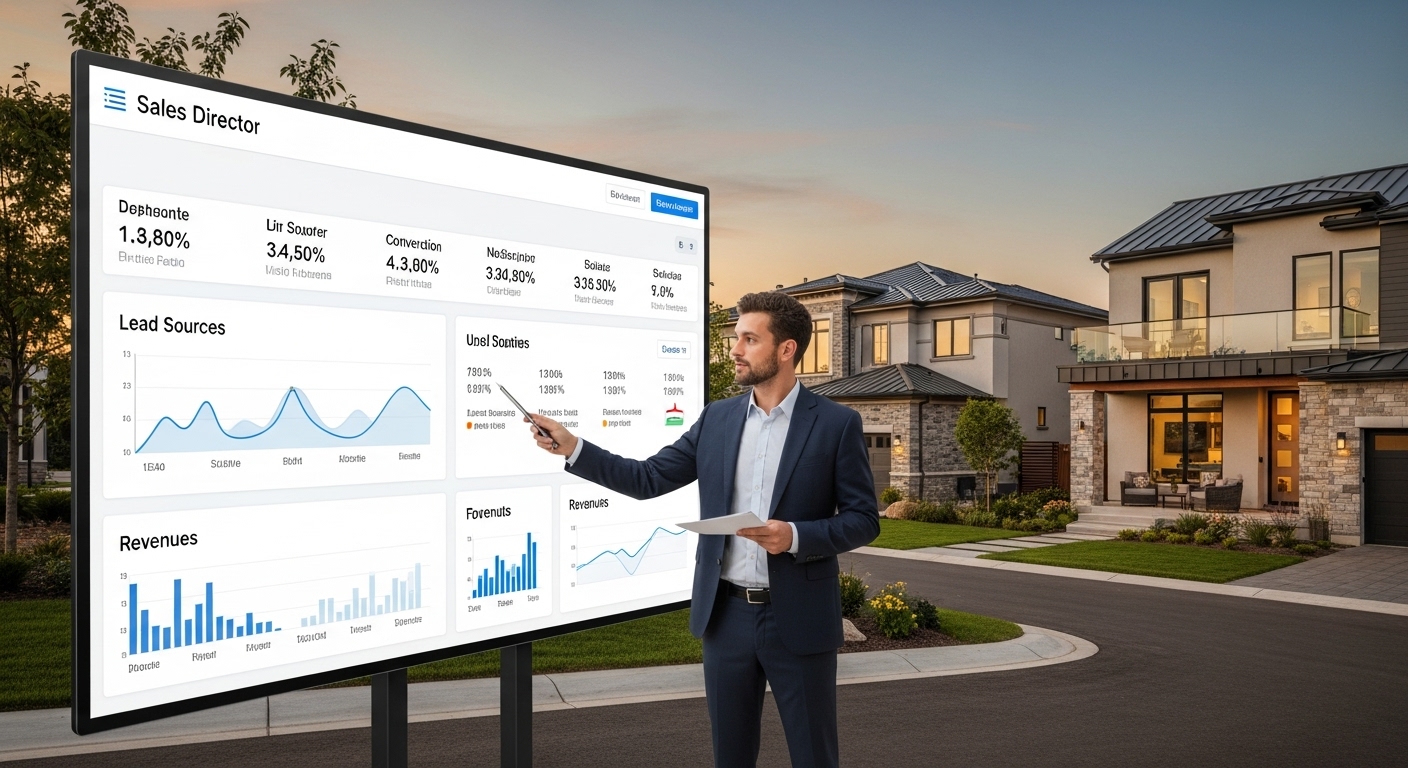
Market Position Strengthening
Dominant market positions drive acquisition premiums. Establish clear competitive advantages that justify premium pricing and market share protection.
Brand differentiation documentation: Catalog unique design capabilities, construction methods, and customer experience elements
Market share analysis: Document competitive positioning with third-party market research
Customer satisfaction metrics: Implement Net Promoter Score tracking with industry benchmarking
Months 13-18: Scalability Demonstration
Management Team Development
Reduce key-person risk by developing transferable management capabilities. Buyers pay premiums for businesses that operate independently of founders.
Succession planning: Identify and develop internal candidates for key positions
Performance management systems: Implement objective performance metrics and compensation structures
Decision-making documentation: Create approval matrices and delegation frameworks
Knowledge transfer protocols: Document institutional knowledge and training procedures

Growth Infrastructure
Demonstrate scalability through systems that support revenue growth without proportional overhead increases.
Production capacity analysis: Document current capacity utilization and expansion capabilities
Subcontractor network strength: Catalog trade partner capacity and scalability
Technology infrastructure: Implement project management and customer communication platforms
Quality assurance systems: Create scalable inspection and warranty management processes
Months 19-24: Transaction Preparation
Due Diligence Readiness
Streamlined due diligence processes reduce transaction risk and support premium valuations. Organized sellers complete transactions 40% faster with 25% fewer price adjustments.
Data room preparation: Organize all financial, legal, and operational documents in electronic format
Legal compliance audit: Address all regulatory, licensing, and insurance requirements
Contract standardization: Ensure all customer, vendor, and employee agreements use current templates
Intellectual property documentation: Catalog all trademarks, copyrights, and proprietary processes
Strategic Value Drivers That Command Premium Multiples
Recurring Revenue Streams
Buyers pay 50-75% premiums for businesses with predictable recurring revenue. Luxury builders can create recurring streams through several mechanisms:
Warranty and service programs: Develop comprehensive post-construction service offerings
Property management services: Offer ongoing maintenance for luxury properties
Design consultation retainers: Create ongoing relationships with past customers for future projects
Referral network development: Systematize referral relationships with complementary service providers
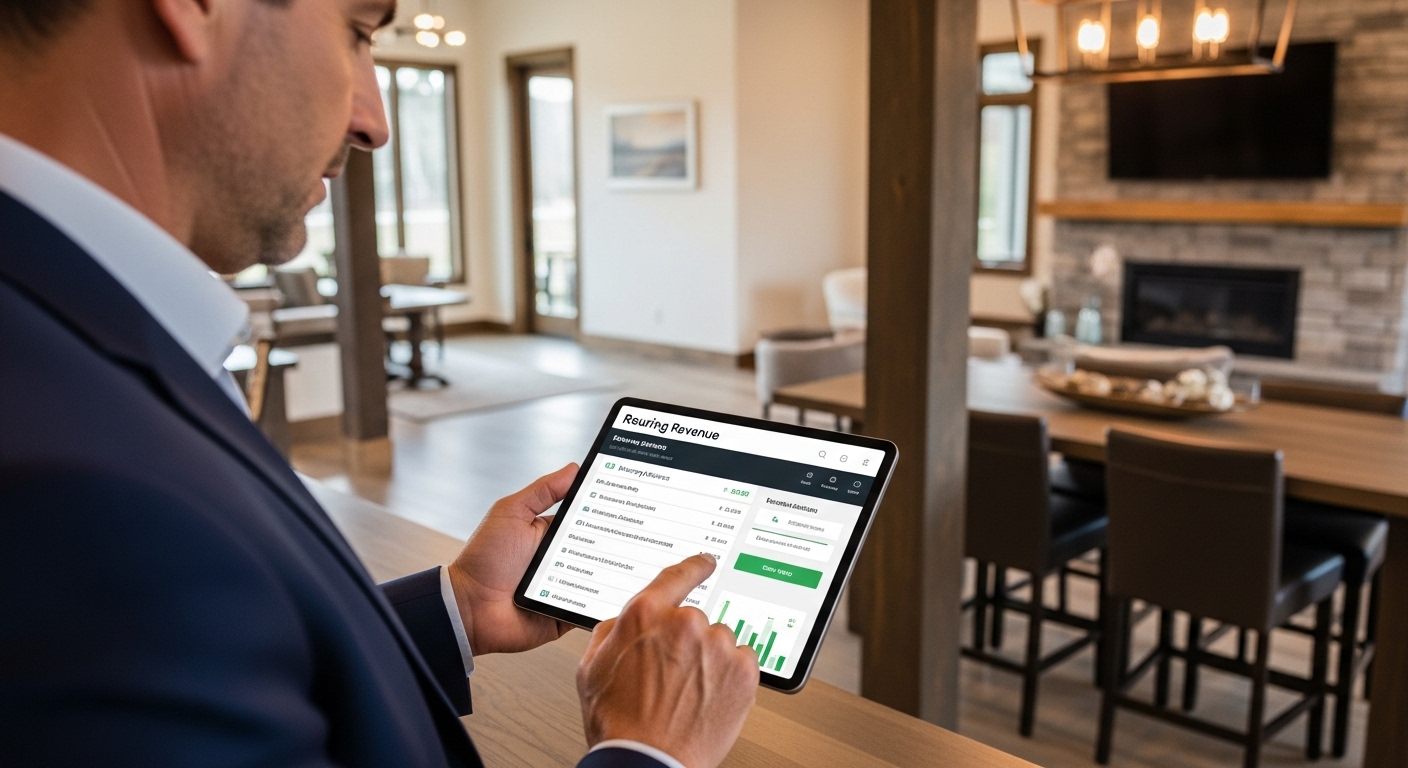
Geographic Expansion Capability
Scalable business models that can expand into new markets command significant premiums. Document expansion readiness through:
Replicable systems: Prove that processes work across different market conditions
Management scalability: Demonstrate ability to manage remote operations
Brand transferability: Show that brand positioning works in multiple markets
Capital efficiency: Document ability to expand without proportional capital investment
Technology Integration
Technology-enabled operations demonstrate scalability and efficiency. Key technology investments that drive valuation premiums include:
Customer relationship management: Comprehensive tracking of all customer interactions
Project management platforms: Real-time visibility into all construction projects
Financial management systems: Automated reporting and cash flow management
Quality control technology: Digital inspection and warranty tracking systems
Financial Engineering for Maximum Valuation
EBITDA Optimization
Strategic EBITDA improvements in the 12 months before sale can add $3-8M to enterprise value. Focus on high-impact adjustments:
Owner compensation normalization: Adjust owner compensation to market rates for similar roles
One-time expense elimination: Remove non-recurring expenses from trailing twelve months
Working capital optimization: Improve cash conversion cycles and inventory management
Cost structure analysis: Identify and eliminate inefficient spending patterns
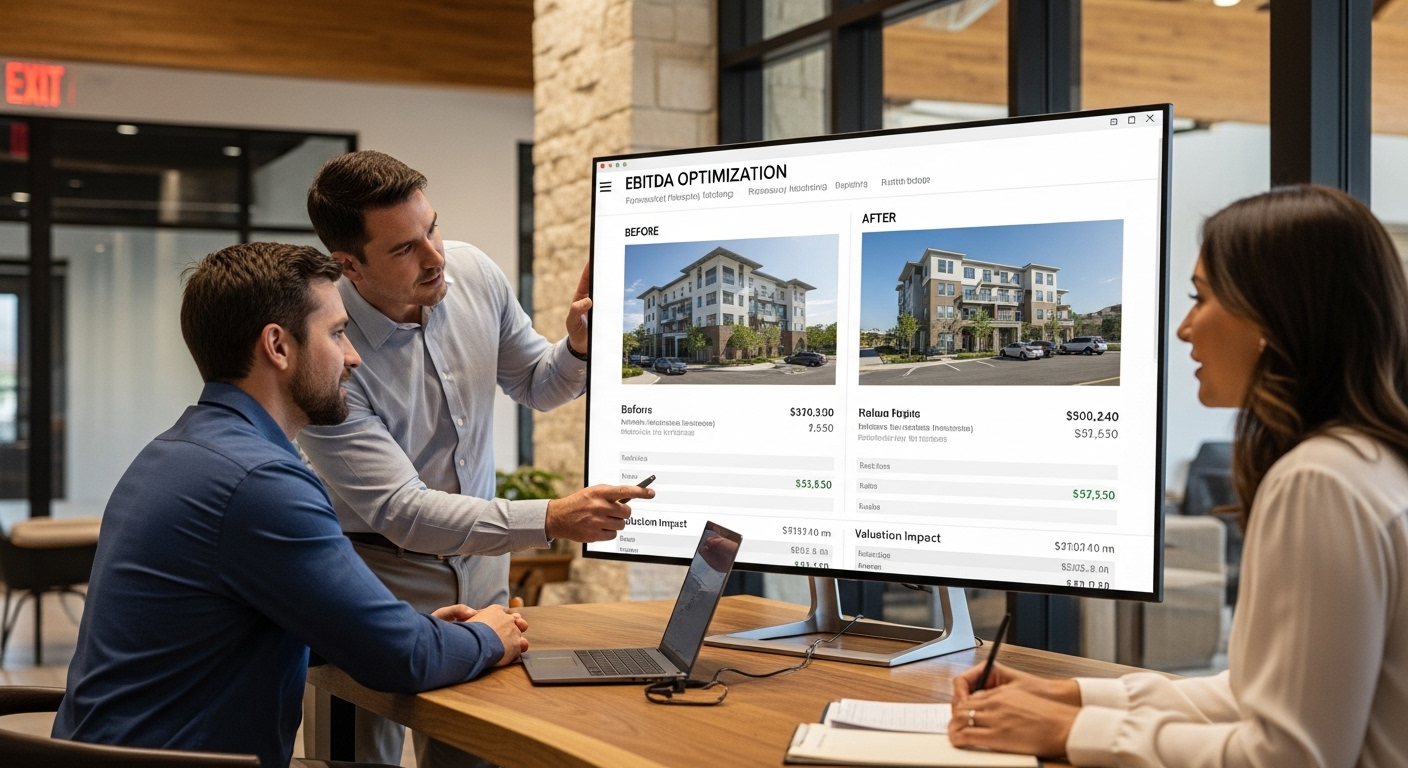
Revenue Quality Enhancement
Not all revenue streams receive equal valuation treatment. Optimize revenue mix for maximum multiple application:
Contract revenue emphasis: Highlight contracted backlog over speculative construction
Margin consistency demonstration: Show stable gross margins across project types
Customer concentration analysis: Reduce dependence on any single customer or market segment
Revenue growth trajectory: Demonstrate sustainable growth patterns with supporting infrastructure
Balance Sheet Optimization
Clean balance sheets support higher valuations and smoother transaction processes:
Asset utilization improvement: Optimize equipment and inventory levels
Debt structure optimization: Ensure debt levels support growth without constraining operations
Working capital efficiency: Minimize cash tied up in operations
Contingent liability resolution: Address all warranty, legal, and regulatory exposures
Buyer Identification and Positioning Strategy
Strategic Buyer Categories
Different buyer types value different business attributes. Position your business to attract the highest-paying buyer category:
Private equity groups: Focus on growth potential, management team strength, and scalable systems
Strategic acquirers: Emphasize market position, customer relationships, and operational synergies
Management buyouts: Highlight cash flow stability, asset base, and operational independence
Industry consolidators: Focus on geographic expansion, cost synergies, and market share enhancement
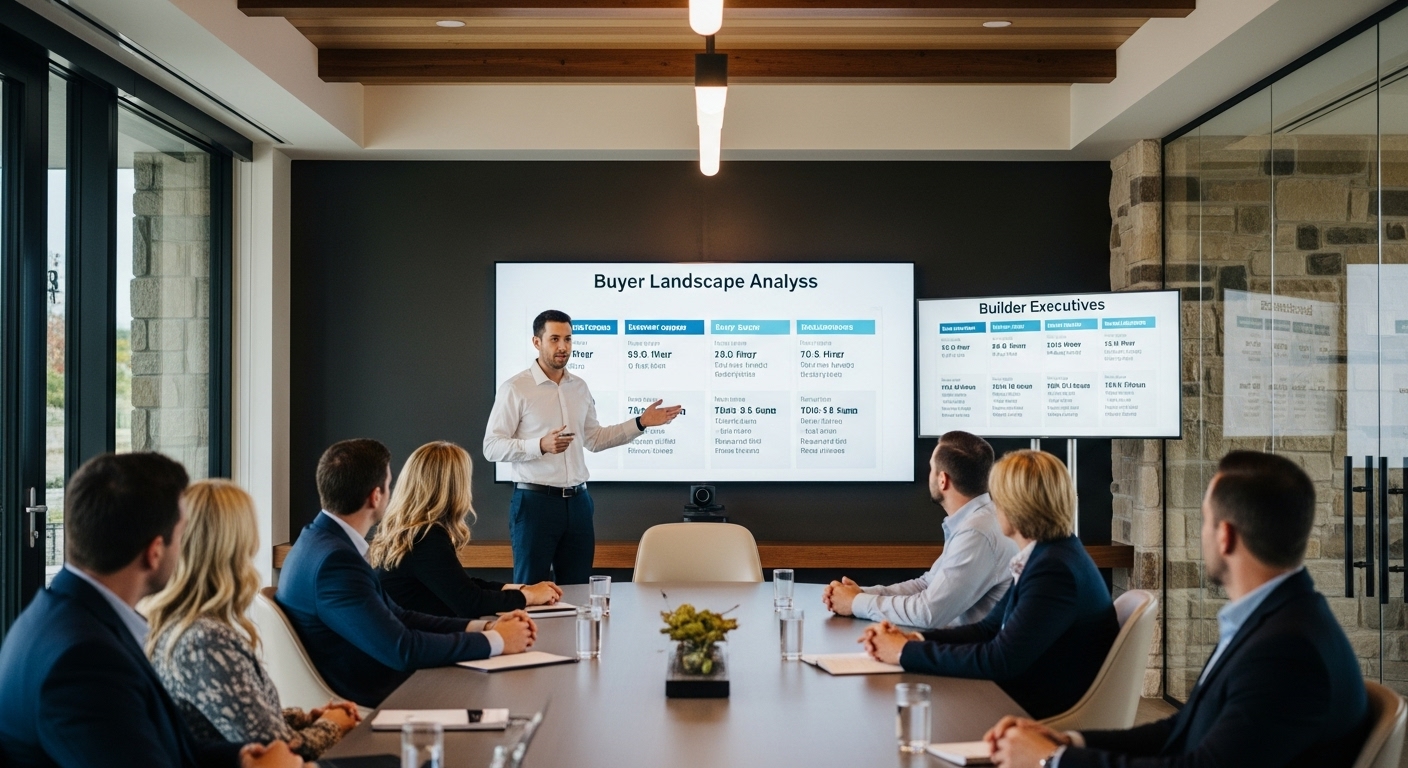
Competitive Positioning
Create competitive tension among buyers to maximize valuation:
Market timing optimization: Launch process during favorable market conditions
Buyer qualification: Pre-qualify buyers based on valuation expectations and transaction capability
Information flow control: Manage due diligence process to maintain competitive dynamics
Negotiation leverage: Structure process to maximize buyer competition and valuation pressure
Transaction Structure Optimization
Deal Structure Considerations
Transaction structure significantly impacts after-tax proceeds and risk allocation:
Cash versus stock consideration: Evaluate tax implications and risk preferences
Earnout provisions: Structure performance-based payments to capture upside value
Employment agreements: Negotiate post-transaction roles and compensation
Representation and warranty insurance: Transfer transaction risk to insurance providers
Tax Optimization Strategies
Strategic tax planning can increase after-tax proceeds by 15-25%:
Installment sale treatment: Spread tax liability over multiple years
Asset versus stock sale structure: Optimize tax treatment based on business structure
Charitable remainder trusts: Reduce tax liability while maintaining income stream
1031 exchanges: Defer taxes through like-kind property exchanges
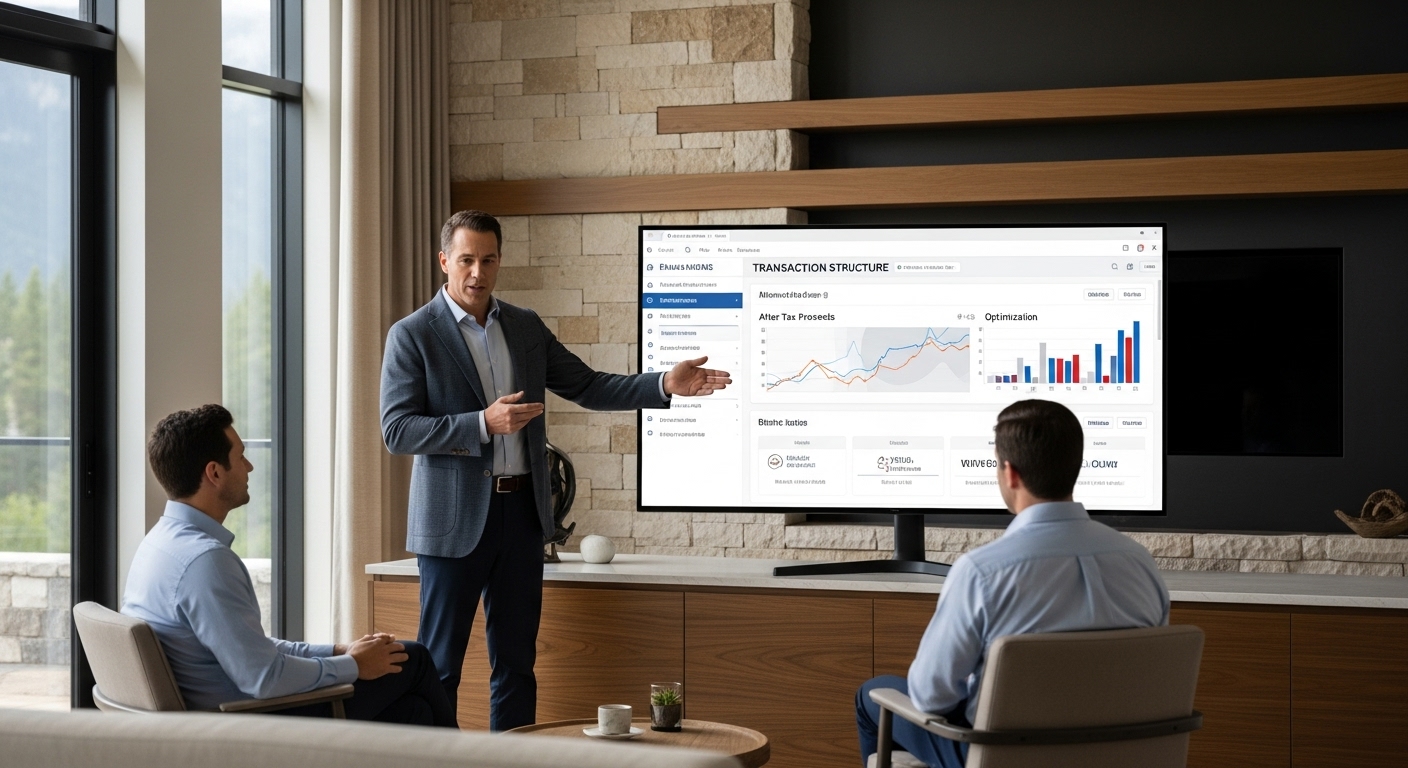
Post-Transaction Value Capture
Earnout Maximization
Well-structured earnouts can add 20-40% to total transaction value:
Performance metric selection: Choose metrics aligned with business strengths
Baseline establishment: Set achievable performance thresholds
Control retention: Maintain operational control during earnout period
Milestone documentation: Create clear measurement and payment triggers
Ongoing Involvement Optimization
Strategic post-transaction involvement can maximize total compensation:
Consulting agreements: Provide ongoing expertise for premium compensation
Non-compete considerations: Balance restriction scope with compensation levels
Board participation: Maintain strategic influence while capturing equity upside
Transition planning: Structure handover to maximize earnout achievement
The $15M Decision: Execute Your Exit Strategy Now
The luxury building market faces increasing consolidation pressure. Private equity groups have deployed $2.3B into residential construction over the past 18 months, creating unprecedented acquisition opportunities for prepared sellers.
Builders who begin systematic exit preparation today position themselves to capture maximum value during the next market cycle. Those who wait face increasing competition from prepared sellers and potentially lower valuations as market dynamics shift.
Your next steps:
Schedule a comprehensive business valuation to establish baseline enterprise value
Implement financial infrastructure improvements to support premium multiples
Develop systematic documentation of all operational processes and competitive advantages
Ready to maximize your business value for exit? Contact our team for a confidential valuation analysis and strategic exit planning consultation. We'll show you exactly how to position your business for a premium transaction and connect you with the right buyers when you're ready to execute.
